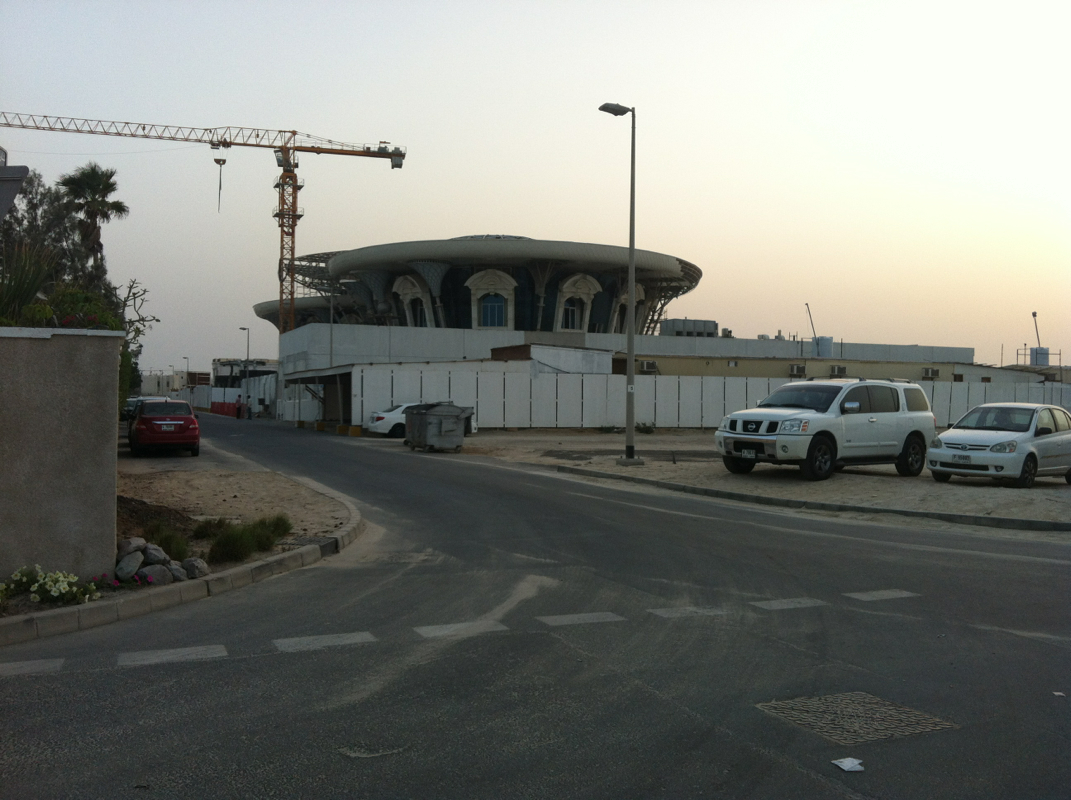Questions about Feasibility Studies and how they fit within the project lifecycle have been asked during my recent training courses.
One delegate was quite adamant that Prince had got the Starting Up process wrong.
Starting Up should do the “bare minimum”
How do we account for the Business Options section of a Business Case?
Here is an example:
A project mandate asks us to examine a building suffering from a lack of maintenance and needs something doing, but what?
What are the Business Options?
1. Do Nothing
2. Knock it down and build a new one
3. Refurbish it
4. Close it and sell off the land moving the residents elsewhere
Analysis of these options can take some time requiring cost/benefit analysis and investment appraisal of each option before making a decision. How can this be done with “bare minimum” resources?
1 – No project, no problem
2 – Think about the Project Plan
3 – Think about the Risks (clue, they are different to the risks to Option2)
4 – Think about the Business Case (we make money from this one)
With Prince, we need ONE project plan, ONE set of risks to manage and ONE business case.
The short answer, if we face this problem, is to run a Feasibility Study project, the main output from this would be a Report showing the best way forward, which then goes on to trigger the “real” project.
This has more detail in the Tailoring Prince chapter.
Ideally this is all managed by Corporate or Programme Managers
One delegate was quite adamant that Prince had got the Starting Up process wrong.
Starting Up should do the “bare minimum”
How do we account for the Business Options section of a Business Case?
Here is an example:
A project mandate asks us to examine a building suffering from a lack of maintenance and needs something doing, but what?
What are the Business Options?
1. Do Nothing
2. Knock it down and build a new one
3. Refurbish it
4. Close it and sell off the land moving the residents elsewhere
Analysis of these options can take some time requiring cost/benefit analysis and investment appraisal of each option before making a decision. How can this be done with “bare minimum” resources?
1 – No project, no problem
2 – Think about the Project Plan
3 – Think about the Risks (clue, they are different to the risks to Option2)
4 – Think about the Business Case (we make money from this one)
With Prince, we need ONE project plan, ONE set of risks to manage and ONE business case.
The short answer, if we face this problem, is to run a Feasibility Study project, the main output from this would be a Report showing the best way forward, which then goes on to trigger the “real” project.
This has more detail in the Tailoring Prince chapter.
Ideally this is all managed by Corporate or Programme Managers


 RSS Feed
RSS Feed